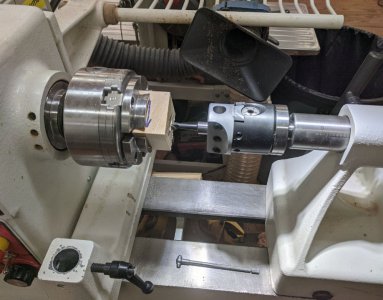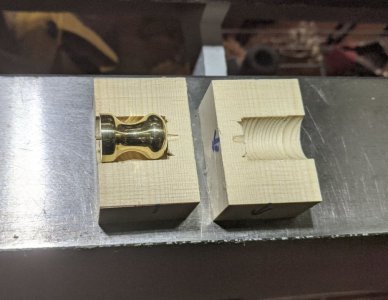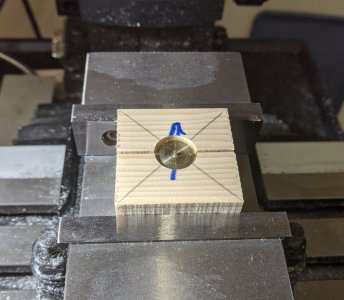- Joined
- Jul 31, 2020
- Messages
- 765
TomWS,
Took me a moment to figure it out, but we are "lathe cousins" (there are not that many types of 7 X 16 lathes out there). Yours appears to be a LMS 5100, Mine is a LMS 7350. It looks like you have jumped into machining with both feet, and are working to get the feel of things. There are a lot of machinists who have never even tried their hand at "free-handing" metal.
Your lathe is a great one to "accessorize". Some of the first things I suggest is tapered head bearings, Brass Gibs, Extended cross-feed (gives you an additional 1 inch towards the operator), updated compound slide (less vibration), and Carriage Lock (bolts on where follower rest would set). The four inch 4-Jaw chuck accessory is also a good thing to add.
Best of luck with your lathe, looks like you are off to a good start.
Took me a moment to figure it out, but we are "lathe cousins" (there are not that many types of 7 X 16 lathes out there). Yours appears to be a LMS 5100, Mine is a LMS 7350. It looks like you have jumped into machining with both feet, and are working to get the feel of things. There are a lot of machinists who have never even tried their hand at "free-handing" metal.
Your lathe is a great one to "accessorize". Some of the first things I suggest is tapered head bearings, Brass Gibs, Extended cross-feed (gives you an additional 1 inch towards the operator), updated compound slide (less vibration), and Carriage Lock (bolts on where follower rest would set). The four inch 4-Jaw chuck accessory is also a good thing to add.
Best of luck with your lathe, looks like you are off to a good start.




